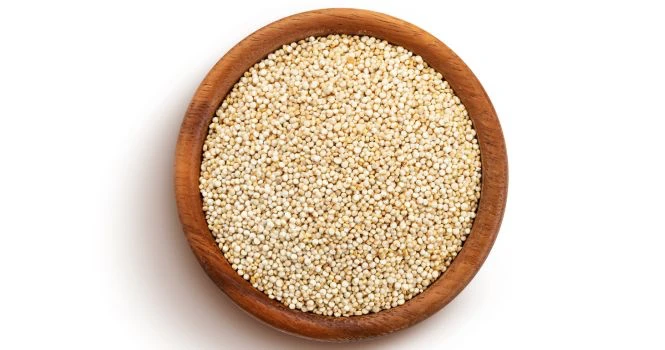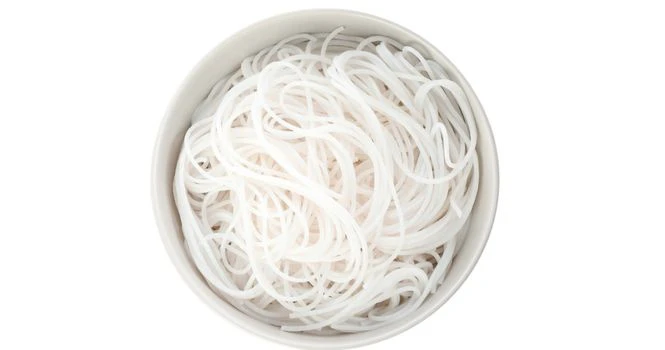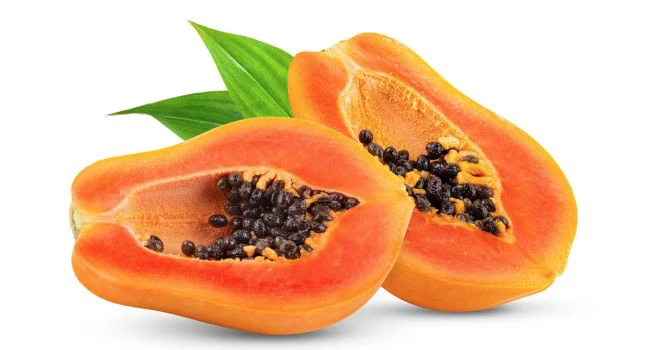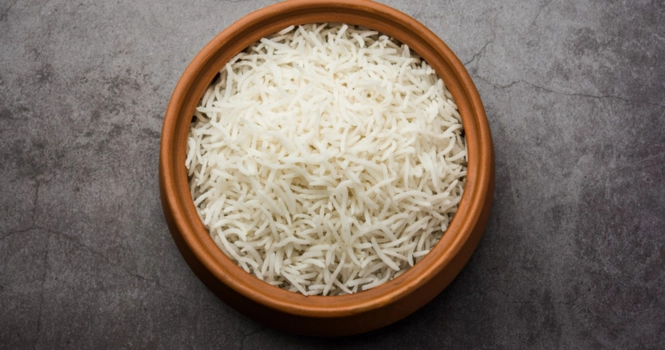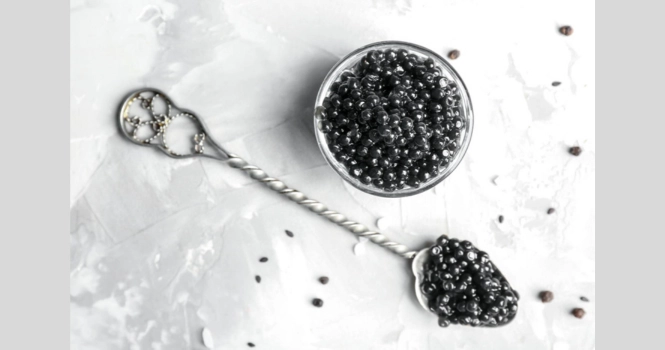Unlocking the Mineral Content of Himalayan Pink Salt
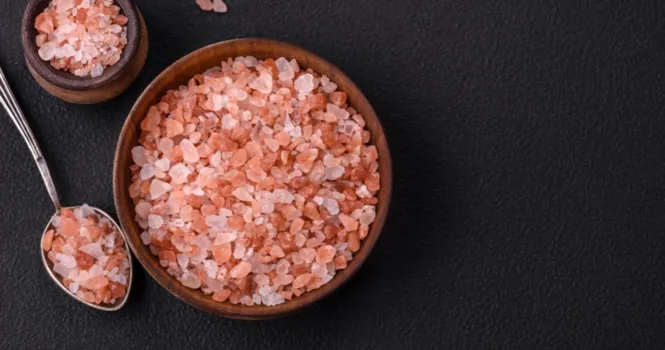
Himalayan pink salt, often touted for its mineral content and health benefits, is a type of rock salt mined from the Khewra Salt Mine near the Himalayas in Pakistan.
It’s known for its characteristic pink hue, which is attributed to the presence of iron oxide (rust) and other minerals.
It’s claimed that Himalayan pink salt contains up to 84 different trace minerals, making it nutritionally superior to regular table salt, which is primarily sodium chloride with added iodine and anti-caking agents.
Understanding the Mineral Content
The extensive mineral content of Himalayan pink salt includes both macro-minerals, which are needed in larger amounts, and trace minerals, which are required in smaller quantities for the body to function properly. Some of the key minerals found in Himalayan pink salt include:
1. Sodium: Essential for maintaining fluid balance, nerve transmission, and muscle function.
2. Potassium: Important for heart function, muscle contractions, and fluid balance.
3. Calcium: Vital for bone and teeth health, muscle function, and nerve signaling.
4. Magnesium: Plays a role in over 300 enzymatic reactions, including energy creation, muscle movement, and nervous system regulation.
5. Iron: Necessary for the formation of hemoglobin, which carries oxygen in the blood.
6. Zinc: Crucial for immune function, DNA synthesis, and wound healing.
7. Selenium: Important for reproduction, thyroid gland function, DNA production, and protecting the body from damage caused by free radicals and from infection.
Besides these, Himalayan pink salt contains traces of many other minerals like iodine, molybdenum, chromium, fluoride, boron, and phosphorus, although the quantities of these minerals are very small and vary widely depending on the specific sample of salt.
Health Implications and Considerations
Nutritional Significance: While the diverse mineral content of Himalayan pink salt adds to its appeal, the actual concentrations of these trace minerals are very low.
Therefore, the health benefits often attributed to the mineral content of Himalayan pink salt should be viewed with skepticism, as consuming it in amounts large enough to obtain significant nutritional benefits from these trace minerals would far exceed recommended sodium intake levels.
Sodium Content: Despite its trace mineral content, it is still primarily sodium chloride. High sodium intake is associated with increased risk of hypertension (high blood pressure) and cardiovascular disease.
It’s important to use Himalayan pink salt in moderation, just like any other salt.
Culinary Uses: Himalayan pink salt is often used in cooking and food presentation for its appealing color and texture. It can also be found in salt lamps, decorative items, and spa treatments.
Cost and Accessibility: Himalayan pink salt is generally more expensive than regular table salt or sea salt, which may be a consideration for some consumers.
Himalayan pink salt does contain traces of up to 84 different minerals, adding to its unique color and potentially offering various health benefits.
However, the concentrations of these minerals are too low to make a significant nutritional impact. When used in moderation, Himalayan pink salt can be a flavorful addition to a balanced diet, but it should not be relied upon as a primary source of dietary minerals.
As with any salt, mindful consumption is key to maintaining a healthy balance.



